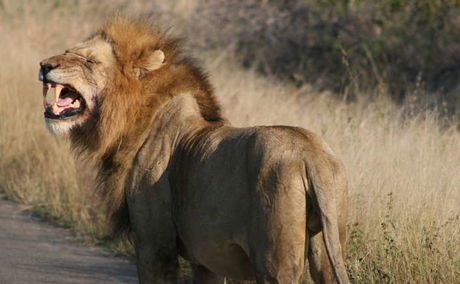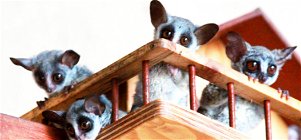Discover the fascinating world of lions in Kruger National Park. Learn about their pride dynamics, hunting strategies, and conservation efforts. Plan your safari with Needles Lodge today!
Assassin Bug

BRAZEN ASSASSINS OF THE INSECT WORLD!
"Bugs" is a generic term many people use when they’re talking about insects. Bugs are in fact, a separate Order of insects, accounting for around one-fifth of all Insect species. If you’re visiting Marloth Park, next door to the Kruger National Park, you’re bound to encounter some bugs, especially in the summer months.
We have all been irritated by Stink Bugs! At certain times of the year, these can reach plaque proportions here in the bush as they are attracted to our lights at night. Some of us have even had the misfortune to have had a run-in with bed bugs! This unpleasant meeting with bugs will have highlighted a feature of all bugs – they have biting parts!
This brings us to our darting little killers of the bug world – Assassin Bugs! Usually bright orange/red in colour, these seemingly solar-powered sprinters can be observed as they go about their grim business in the hot months, especially after rain. Although most bugs are phytophagous, meaning they feed on plants, Assassin bugs are carnivorous and eat other insects. They are absolutely brazen about it too, rushing up to their prey and stabbing it with their long sabre-like rostrum and injecting their venom into it to kill it before sucking out all the insides! Sometimes you will see more than one of them feeding on the same insect.
Another not so pleasant fact about Assassin Bugs, is that they have extremely toxic venom! Scientists studying it say that it is neurotoxic, similar to the venom of Mambas and Cobras, but far more toxic! So, a word of advice – don’t try to handle an Assassin Bug! These little creatures don’t see you as prey, but they will bite in self-defence. Bites are extremely painful and allergic reactions and secondary infections can occur. Even scarier, symptoms of a bite can last for up to a year! Fortunately for us humans, these little insects can only inject a tiny amount of venom, or they would be a far greater danger than they are!
A safe rule of thumb in the bush, is to heed Nature’s warning colours – the reds and oranges. These are saying “stay away!” stick to this rule and your stay in the bush will be a very pleasant one!
Come visit Needles Lodge, your luxury safari accommodation near Kruger Park to see these bugs for yourself!




Share This Post